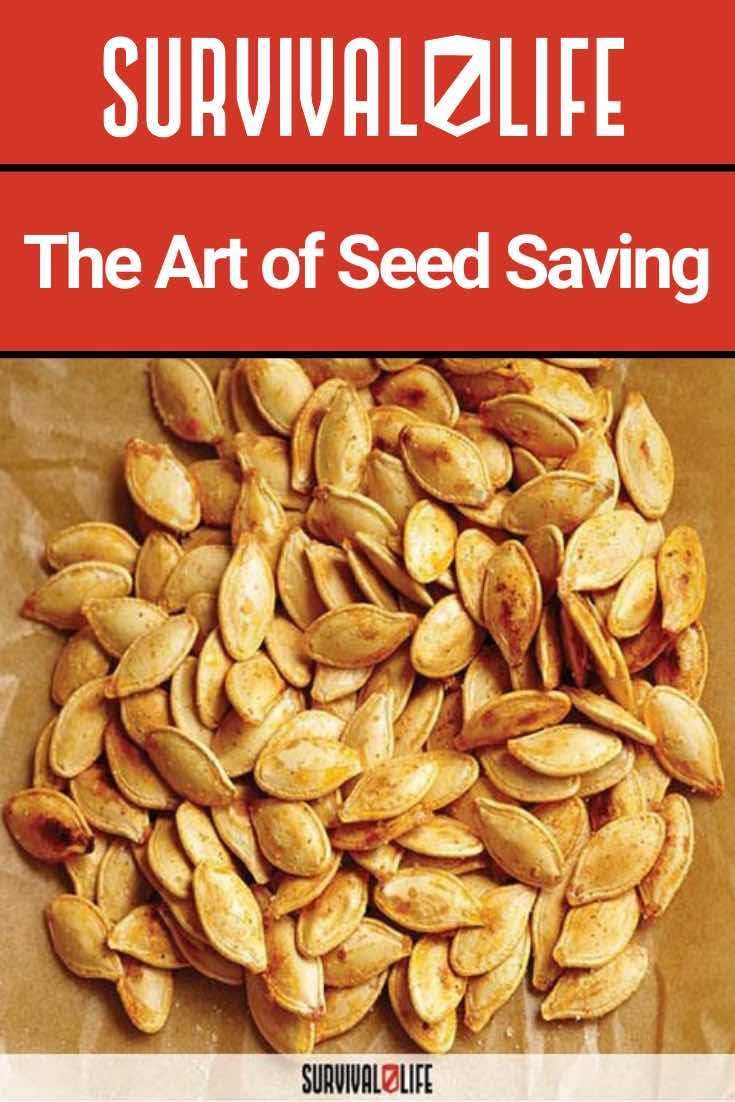Saving Seeds from Fruits and Vegetables
As a homesteader or gardener, saving seeds is an important aspect of self-sufficiency. By saving seeds, you can ensure that your garden will continue to flourish year after year without having to purchase new seeds every season. Not only does it save money in the long run, but it also allows you to select the best plants for seed-saving and preserve heirloom varieties.
Firstly, it is essential to choose healthy fruit or vegetable plants for seed-saving purposes. You want strong genetics that will produce viable offspring in the next growing season. When selecting fruits and vegetables for seed-saving, look for mature specimens that are free of disease or rotting spots.
Once you have selected your fruits or vegetables, allow them to fully ripen on the vine before harvesting them. This ensures that the seeds inside have reached their full maturity level and are ready for collecting.
The collection process differs depending on what type of fruit or vegetable you are working with. For example:
– Tomatoes: Cut ripe tomatoes in half horizontally and gently squeeze out the pulp into a container. Add some water and let it sit on your countertop until surface mold begins to form (typically 2-5 days). Then rinse off any excess pulp and spread out the remaining tomato seeds onto a paper towel-lined baking sheet in a single layer until they dry completely.
– Cucumbers: Harvest cucumbers once they reach their mature size but still appear greenish-white in color as opposed to yellowing ones meant for eating fresh; cut off one end flush with stem using a sharp knife then slice lengthwise down center leaving approximately 1/4″ clearance around edge so as not damage fragile immature seeds inside flesh; use spoon scrape all cucumber meat including hard outer skin discard scraps; place contents bowl cover loosely plastic wrap refrigerate overnight allow fermentation process occur separating good viable from bad non-viable ones
– Peppers: Cut open the pepper and remove the seeds. Rinse them thoroughly in a colander under cold, running water to remove any excess pulp or debris. Then spread out on a paper towel-lined baking sheet and let dry completely.
Once your seeds are dry, store them in an airtight container or envelope labeled with the date and species of plant. Store in a cool, dark place until ready for planting.
In conclusion, saving seeds from fruits and vegetables is not only cost-effective but also allows you to preserve heirloom varieties for generations to come. With proper selection, harvesting, collecting, and storage techniques, you can ensure your garden’s success year after year while maintaining genetic diversity in your plants.


Leave a comment